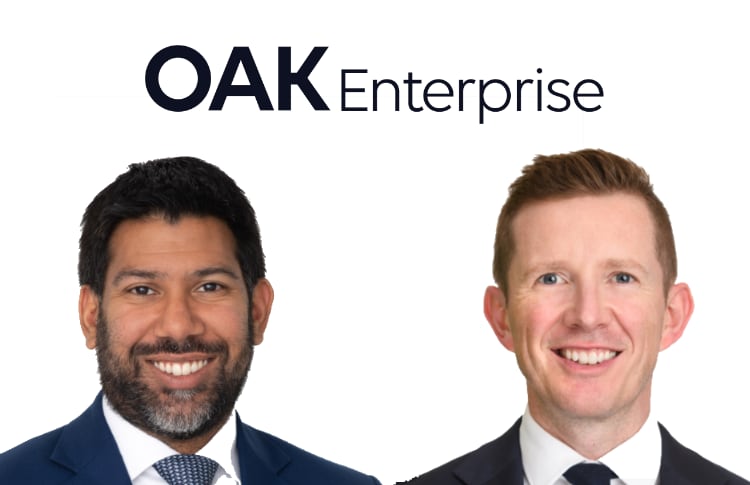
As the reinsurance market begins to look towards the end of year renewals and negotiations leading up to that, Mike van der Straaten, the CEO of Antares Global, has highlighted that while the property retrocession market is “buyer-favourable” at this time, capacity remains somewhat constrained.van der Straaten said that Antares is expecting the January 1 2026 renewal season to see relative stability in the reinsurance market.Reinsurers are expected to aim to maintain price discipline, even as heightened competition and capacity pressures rates.He explained, “As capital availability expands, cedents may benefit from modest improvements in terms—particularly for non-peak zone risks—though sustaining price adequacy will be more challenging in a competitive environment.
While reinsurers remain selective in their risk appetite, the balance of power is slowly shifting back towards buyers.Assuming loss activity remains within model expectations, a gradual easing of terms in the cat market is likely.” The state of the retrocession market is always a key driver for conditions in reinsurance as well, with abundant and cheap retro often seen to fuel reinsurer appetites and so pressure cascade down to treaty renewals as well.van der Straaten commented that, “The property retrocession market is currently buyer-favourable, with significant price softening in 2025—rates fell more sharply than in primary catastrophe reinsurance—and capacity supported by traditional reinsurers and alternative capital such as catastrophe bonds and sidecars.” But he added that, “Demand remains strong, driven by inflation and growing catastrophe exposures, though supply is still somewhat constrained.” But, “Overall, conditions point to competitive pricing and accessible retro protection, with stable pricing and steady capacity expected in 2026 unless major catastrophes or capital withdrawals occur.” Our sources suggest that there could be a little more retrocession capacity available towards the end of the year, with a number of collateralized markets looking to raise new capital and some of the more tactical retro providers maintaining their appetites even as the market has softened somewhat.
It’s also worth point out that the catastrophe bond market and ILS funds have provided significant capital to support the retrocessional needs of global reinsurance firms over the last year or so, largely in industry-loss trigger formats, with no sign of that appetite declining at this time.While the reinsurance market has proved relatively balanced, although softening, through 2025, van der Straaten noted that challenges and risks remain.“Longer-term, persistent inflation, geopolitical instability, and rising protectionism may create capital market volatility and impact investment returns, insured values, and loss costs,” the Antares Global CEO explained.
Adding that, “In the cat market, climate change and secondary perils remain a priority, with exposure to systemic risks in supply chains and infrastructure likely to surprise markets unprepared for sudden shifts in frequency or severity.” ..All of our Artemis Live insurance-linked securities (ILS), catastrophe bonds and reinsurance can be accessed online.Our can be subscribed to using the typical podcast services providers, including Apple, Google, Spotify and more.
Publisher: Artemis








